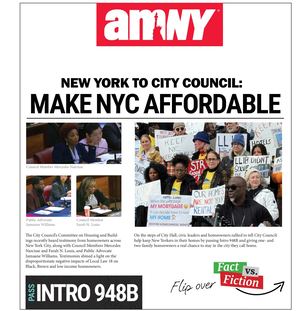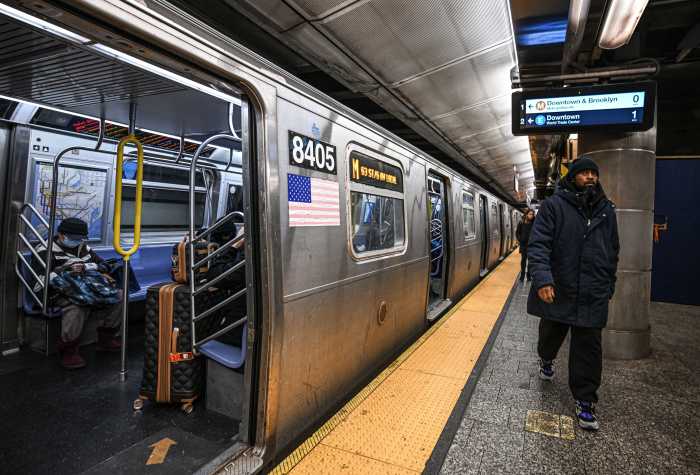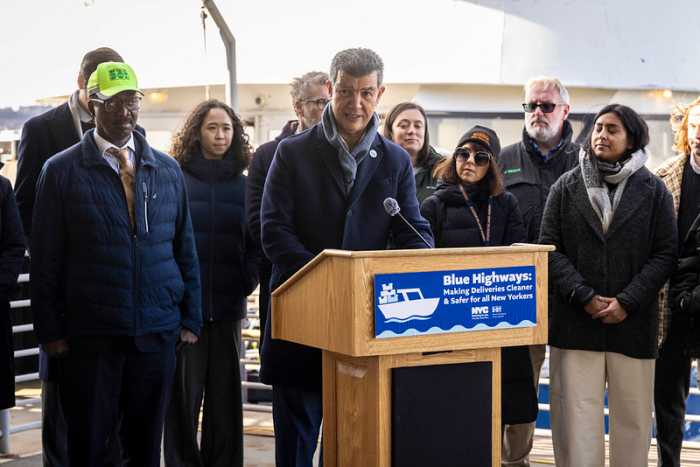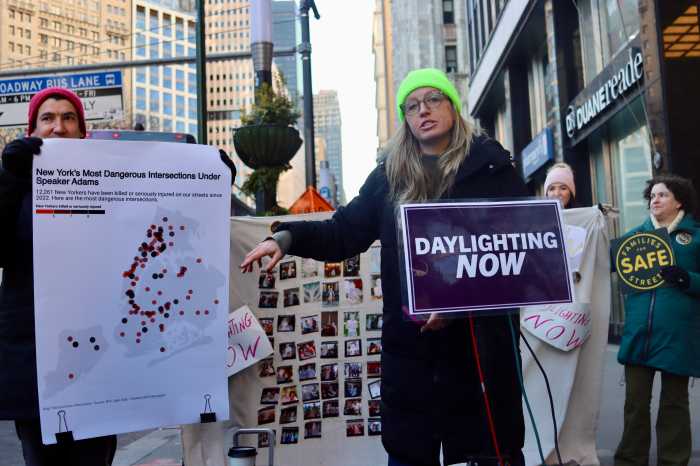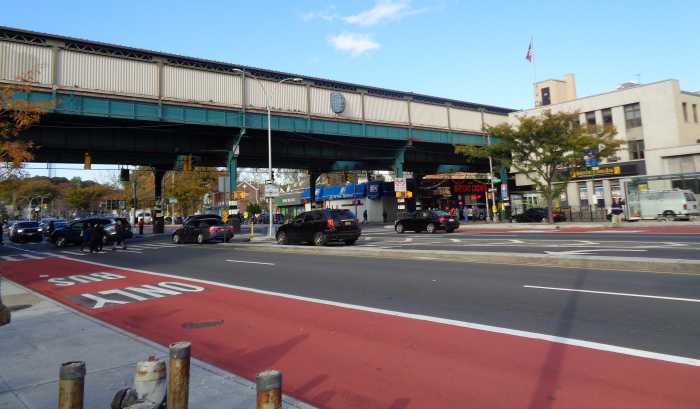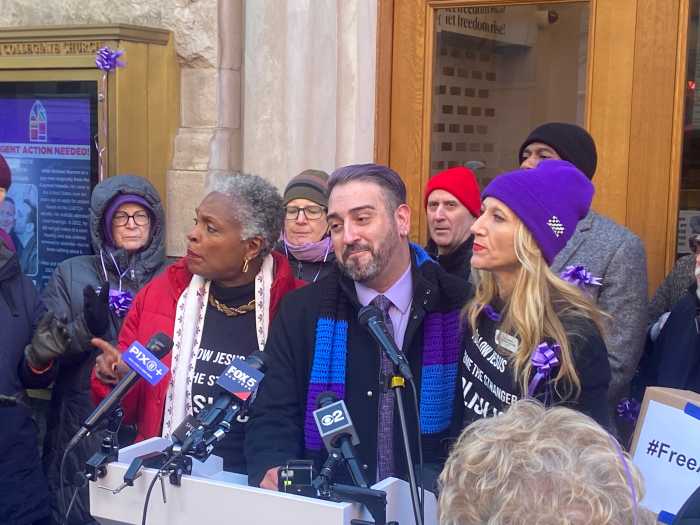New York City’s regional airports continue to lead the nation in delays.
LaGuardia Airport had the highest percentage of delays in arriving flights last year, while Newark Airport notched the top percentile in delays for departing trips, according to U.S. Bureau of Transportation Statistics data analyzed by the advocacy group Global Gateway Alliance.
All three regional airports ranked among the bottom for delays in both categories, which measure performance of the country’s 29 biggest airports, confirming for another year the frustrations of city flyers.
“Once again, New York airports lead the nation for delays. So while the terminal redevelopment projects are important, these dollars wont be enough unless we address the delay problem too,” said Joe Sitt, chairman of the alliance, in a statement. “Put simply, our airports will simply be nicer places to get stuck in.”
Salt Lake City International Airport was the cream of the crop. The Utah airport had both the lowest percentage of arrival and departure delays in 2016 — that’s 12.8% of flights arriving late and 12.5% of flights departing late.
By comparison, 28.1% of LaGuardia’s flights didn’t arrive on time and 24.4% of Newark’s flights failed to depart on time.
That’s because New York has the most crowded airspace in the country, according to the alliance, and that limits operations. Air traffic volume accounted for nearly a quarter of all “airspace delays,” defined as delays that can be remedied by airspace improvements, impacting more than 7,800 flights into the regional airports last year.
In total, more than 310,200 flights arrived at New York’s three regional airports in 2016, according Bureau of Transportation Statistics data.
The Global Gateway Alliance has called for the Federal Aviation Administration to work with the Port Authority on extending runways and fully replacing radar with satellite air traffic control technology, known as NextGen. Claire Holmes, a spokeswoman for the alliance, said the administration has made some NextGen improvements, but hasn’t prioritized a full swap of technologies.
“NextGen really works when you have all the reforms in place. We’ve made some progress, but it’s complicated unless you transfer the whole system properly,” said Holmes. “NextGen tends to be put on the backburner in New York. The FAA tends to prioritize rolling out programs in smaller, less complex regions.”
The FAA argues that it’s been making strides in New York with NextGen. That includes a successful effort to swap out voice communications between pilots and controllers for a more efficient text messaging system at Newark, LaGuardia and John F. Kennedy airports.
“The FAA has made a significant commitment to NextGen procedures and technologies at airports in the New York metropolitan area,” the FAA said in a statement. “The complexity of New York airspace is precisely why the FAA has chosen to invest in so many improvements that increase efficiency and safety in New York and will have ripple effects around the nation.”
